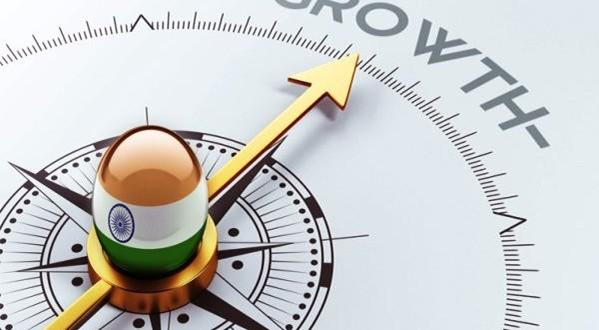Search
The Fundamentals of the Indian Economy
October 27, 2017
This year, India celebrated its 70th Independence Day, thus commemorating the 70th year of freedom from the British. Once a supplier of British tea and cotton, today the country has become one of the fastest growing economies in the world. Especially since the economic liberalization policies of the 1990s, we have observed a remarkable improvement in the quality of life and trading.

A Brief Look at the History
When India got Independence from Britain in 1947, it created an economy that was largely focused on the heavy industry and was soon found to be unsustainable. So, in 1991 the government decided to venture into the international markets and lifted several restrictions that came in the way. The decision completely changed the course of business, as the country’s economy grew by leaps and bounds to $2.07 trillion in 2015 from mere $275 billion in 1992.
Today, the following are the main components of the Indian economy:
Industry
Chemicals are pharmaceuticals make for two of the largest industries to contribute to the Indian economy. In fact, the chemical sector alone is about 7% of the Indian GDP. Minerals and gems are also one of the strengths of the country and these contribute 2% of the GDP.
Agriculture
Agriculture is one of the main sources of income for India and makes for about 17% of the GDP.
India is the largest producer of mangoes, oilseeds, bananas, etc. and the second largest producer of cotton, tea, and many kinds of vegetables.
Forestry is also a small contributor to the Indian GDP, along with fishing and aquaculture such as sardines, shrimp, etc. that have a 1% contribution to the economy.
Retail
The retail industry in India is huge, which is why it has always been attracting a number of leading companies from around the world. According to the A.T. Kearney’s 2016 Global Retail Development Index, the country’s total retail market size exceeds $1 trillion. It’s expected to grow at a Compound Annual Growth Rate (CAGR) of 10% to US$ 1.6 trillion by 2026.



